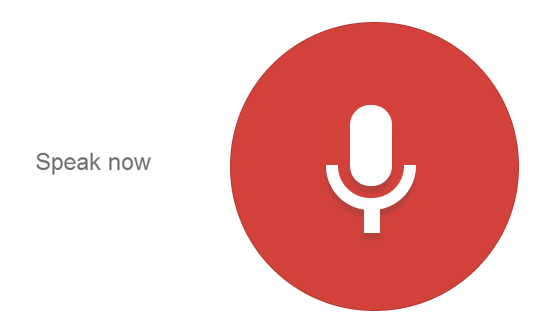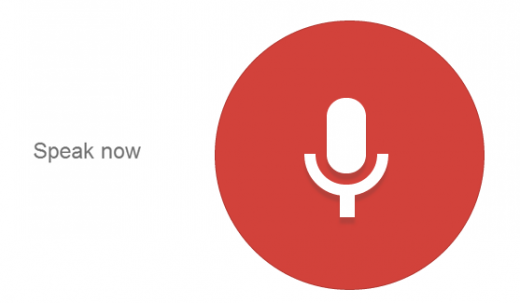Voice Search More Commonly Used In Public Places By Affluent Consumers
by Laurie Sullivan@lauriesullivan, January 19, 2017

While men are more likely than women to use voice search in public restrooms, in movie theaters, and on public transportation, what does this tell advertisers and search geeks about their strategies?
The recent study from Stone Temple Consulting looks at the sensitivity to using voice commands in different environments such as using voice search or commands in a public restroom, a restaurant or in a theater. The results reveal that males are 18.3% more likely to use voice search in a public restroom, versus females at 9.1%. About 28% of males said they would use voice search on public transportation versus about 18% for females.
Men tend to use voice search more than women in a theater, in restaurants with people they know, in public restrooms, at the gym, while on public transportation, and at the office with co-workers. Nearly 10% more men are willing to use voice commands compared with women. Only 3.2% of women are likely to speak commands to their phone in a theater, while 13.2% of men say they will.
When asked what the data tells advertisers, Eric Enge, Stone Temple Consulting CEO, says it tells search geeks that voice commands on phones have become very common, and this has an impact on search and search engine optimization. For advertisers it should underscore the continued move toward mobile.
“People are very answer orientated when using voice commands,” he said. In fact, more than 60% want more results that answer questions directly, according to the findings. “People are very give-me-what-I-want-now orientated.”
If searchers want more direct results answered quickly without going to a Web site or Web page, how does that change search advertising? “Direct answers to questions might rank above ads in search results, pushing your ads down the page,” Enge said. “You might not want to advertise on a query like ‘How many quarts in a gallon?’ because there will be a direct answer to that question.”
Advertisers should expect less traffic on that type of ad compared with two years ago, or they shouldn’t advertise on it at all.
Age also makes a difference. Those under 24 years of age will use voice commands quite a bit more than the other age groups — 51.6% versus 38.6% for all respondents when people are in public areas such as restaurants with friends, at the gym, in public restrooms, or at the theater.
The willingness of those with an income over $100,000 to use voice commands with their devices in public places — such as in a theater or in public restrooms as compared to other income categories — shows a fearless attitude. In a theater, the tendency rises to 20% for those earning more than $100,000 annually, compared with about 5% for all other age groups.
Finally, the study asks “does it annoy you when others speak commands into their phone?” Those with high income are more likely to become annoyed by people using voice commands with their phone in public — at 50.8% versus 41.8% for all responses — but they are also far more likely to do it, at 42.5% versus 26.9% for all responses.
MediaPost.com: Search Marketing Daily
(31)


